PETALING JAYA: The government will channel RM500mil of assistance to small and medium enterprises (SMEs) through the Prihatin Special Grant (GKP) 4.0 beginning Sept 21, says Datuk Seri Ismail Sabri Yaakob.
“With this aid, it is hoped that small businesses such as food stalls, barbers, workshops and cake shops will be able to reduce their burden and help in their cash flow,” he said.
Each payment of RM500 will be given out in September and November.
Ismail Sabri said the aid will be channelled directly into the bank accounts registered with the GKP system and that the status of the GKP 4.0 can be checked at gkp.hasil.gov.my.
The Prime Minister said the grant, which is a component of the Economic Recovery Package (Pemulih), will benefit more than one million recipients.
In a statement yesterday, he said the aid would be transferred directly into bank accounts registered with the GKP system.
The status of the GKP 4.0 can be checked at gkp.hasil.gov.my.
So far, he said RM6.08bil had been channelled to SMEs under the GKP since the pandemic began.
“I hope this aid will be able to revive the SME sector, which is the engine of economic growth for the Malaysian family.”
The government, he said, would give priority to industry players who were among those most affected during the pandemic.
Meanwhile, Finance Minister Tengku Datuk Seri Zafrul Tengku Abdul Aziz said the status of those who applied and then appealed for the Bantuan Prihatin Rakyat (BPR) can be checked at bpr.hasil.gov.my starting today.
This will involve almost 200,000 BPR recipients with an estimated allocation of RM240mil, said Tengku Zafrul, adding that the payments would be credited at the end of this month into accounts registered with the BPR.
The payments, he said, would be credited into bank accounts registered during the BPR appeals at the end of this month, together with the recipients of the third phase of the BPR.
He said in a statement the payout would also be given to recipients of the third phase of the BPR.
Tengku Zafrul said the government had updated the data of the B40 group eligible to receive the BPR after their appeals were submitted from June 15 to June 30.
The appeals were verified by the Inland Revenue Board to ensure that the aid would benefit those who qualified for it.
“The government hopes that this cash assistance totalling RM17.1bil until the end of the year can assist Malaysian families in managing their expenses,” he said.
Related:
Govt to channel RM500mil aid to SMEs from Sept 21, says PM
https://www.thestar.com.my/news/nation/2021/09/17/govt-to-channel-rm500mil-aid-to-smes-from-sept-21-says-pm
SMEs in dire need of assistance | The Star
PM: Ensure no delays in aid rollout
More assistance coming after BKC next month, says Ismail Sabri

Datuk Seri Ismail Sabri Yaakob. - Bernama filepic
PUTRAJAYA: The Special Covid-19 Aid (BKC) cash vouchers prepared by the Finance Ministry must reach the recipients without any delay, says Datuk Seri Ismail Sabri Yaakob.
Having witnessed the Phase One payments of the BKC being credited into the accounts of 10 million recipients from yesterday, the Prime Minister also urged the ministry to ensure the smooth running of the BKC payments, especially for recipients residing in rural areas with limited banking access or those without bank accounts.
Data from the ministry shows there are 708,223 eligible BKC recipients who do not have bank accounts.
Ismail Sabri also said the government would be channelling more assistance to the people starting next month.
In a video conference from his residence in Petaling Jaya with Bank Simpanan Nasional (BSN) staffers to check on the BKC payment process, Ismail Sabri said BKC was among the assistance given to help ease the burden of the people affected by Covid-19.
“Hopefully, nothing untoward happens that can cause delays and so on,” he said.
Ismail Sabri, who initiated the video conference call because he is still undergoing self-quarantine, also advised BSN staffers to ensure BKC recipients who come to collect the aid complied with standard operating procedure (SOP) to prevent Covid-19 transmission.
Joining the video conference call were Finance Minister Tengku Datuk Seri Zafrul Tengku Abdul Aziz, who was at BSN Putrajaya here, and Deputy Finance Minister Mohd Shahar Abdullah, who was at the BSN branch in Bera, Pahang.
“Hopefully, what the government is giving today (yesterday) – although not much – can at least help reduce the people’s burden,” said Ismail Sabri, who also referred to information from Tengku Zafrul that more assistance was forthcoming for the people.
On Sept 1, Ismail Sabri announced that the BKC would be paid in stages with Phase One payments being credited from Sept 6 to 10.
Funds amounting to RM3.1bil have already been channelled to the relevant banking institutions for BKC payments.
The BKC is paid out to assist the hardcore poor, B40 households with total monthly income of RM5,000 and below and senior citizens as well as singles with a monthly income of RM2,500 and below, based on the eligibility criteria under the Bantuan Prihatin Rakyat (BPR 2021) aid package.
Those in the M40 group who report income tax with a total household income of RM5,001 to RM9,000 and RM2,501 to RM5,000 for singles are also eligible to receive BKC.
Under the BKC, hardcore poor category households will receive RM1,300; eligible senior citizens and singles (RM500).
For the B40 category, households will receive RM800, eligible senior citizens and singles (RM200); while in the M40 category, households will receive RM250 and qualified senior citizens and singles (RM100).
Details on the BKC, including payment status, can be viewed at https://bkc.hasil.gov.my.Meanwhile, Tengku Zafrul said the government would distribute various forms of assistance that have been planned until the end of this year.
Among the assistance that will be distributed is Bantuan Prihatin Rakyat phase three amounting to RM2.32bil, which will be channelled at the end of this month, and assistance for the loss of income in October.
In a post on his official Facebook page, Ismail Sabri said he had the opportunity to virtually review the Phase One payment process of BKC which would be implemented in stages through selected financial institutions involving the RM3.1bil allocation.
He also said that he was informed that the Finance Ministry would facilitate distribution to the rural community by paying cash to BKC recipients who did not have bank accounts.
“I hope this assistance can alleviate the burden of the ‘Malaysian Family’ affected by the Covid-19 pandemic,” he said. — Bernama
Phase 3 BPR payments to start from Tuesday (Sept 28), says PM
Payments to start tomorrow | The Star
KUALA LUMPUR (Bernama): The Malaysian Family Phase 3 Bantuan Prihatin Rakyat (BPR) aid payments will be credited in stages into
Prime Minister Datuk Seri Ismail Sabri Yaakob said the payments, to benefit some 3.6 million households and also those whose appeals have been successful, are expected to be fully disbursed by Sept 30.
He said in a statement that the Phase 3 payments will involve a RM2.82bil allocation.
For Phase 3, Ismail Sabri said those eligible will receive up to RM1,400, while those who successfully appealed will get up to RM2,300, including an additional BPR payment of RM500 under the Supplementary Strategic Programme to Empower the People and Economy ((PEMERKASA+).
Payments are made according to eligibility based on marital status, total household income and number of children, he said.
Ismail Sabri explained that the Phase 3 payment was the full distribution of the remaining sum that should have been received by BPR recipients and those who have appealed to ease their burden.
The Prime Minister said the government remained committed to ensuring the Malaysian Family’s well-being, especially target groups impacted by the Covid-19 pandemic, is taken care of.
He said among others, cash assistance such as the Special Covid-19 Assistance (BKC) and Loss of Income Aid (BKP) will be given to eligible recipients from October to December this year.
"Further details on the Phase 3 BPR payments will be worked out by the Finance Ministry.
"The Malaysian Family can refer to the frequently asked questions (FAQ) on BPR’s official portal, https://bpr.hasil.gov.my for more information," he said. - Bernama
Join our Telegram channel to get our Evening Alerts and breaking news highlights
Related stories:




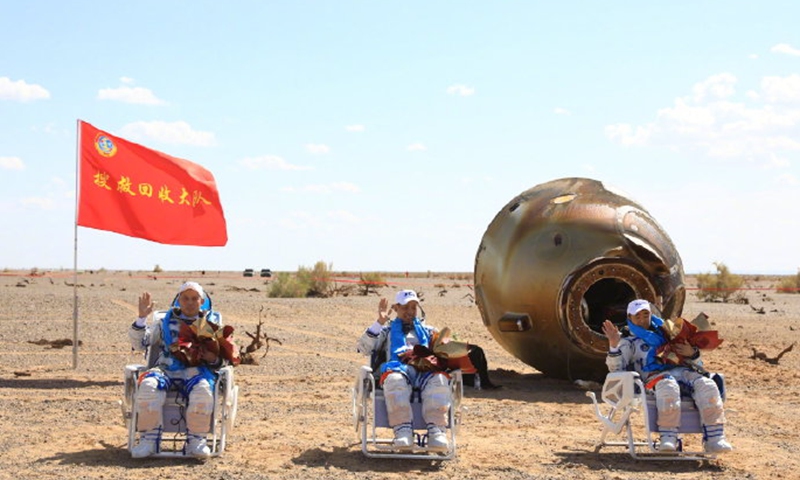
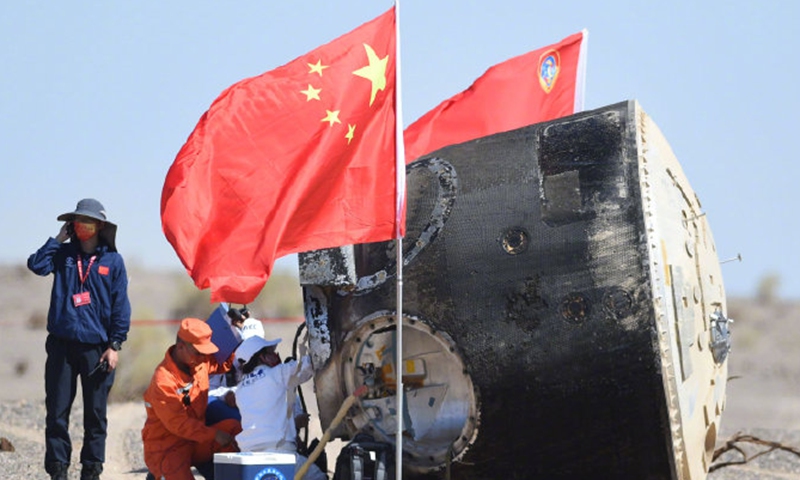
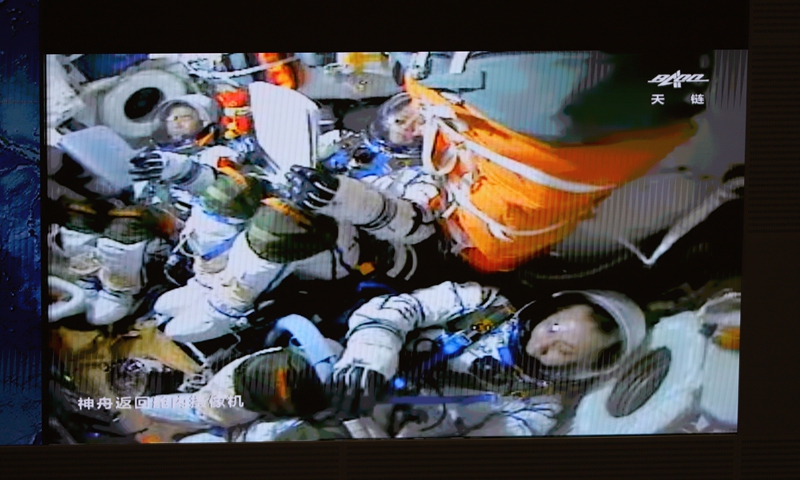
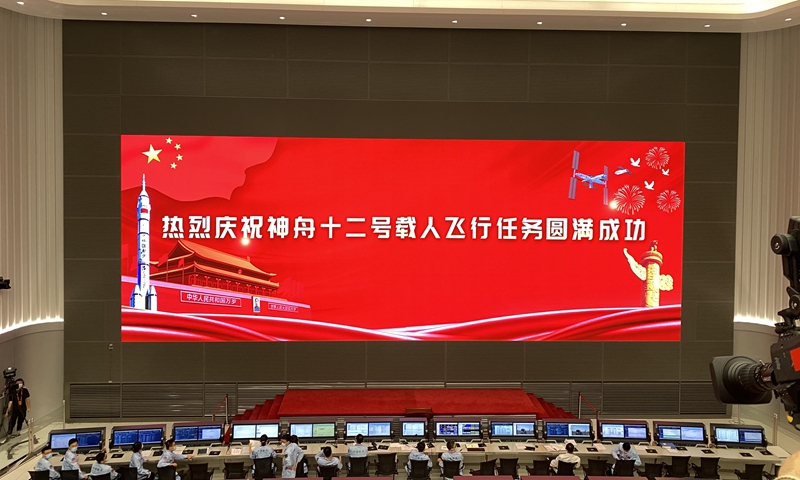

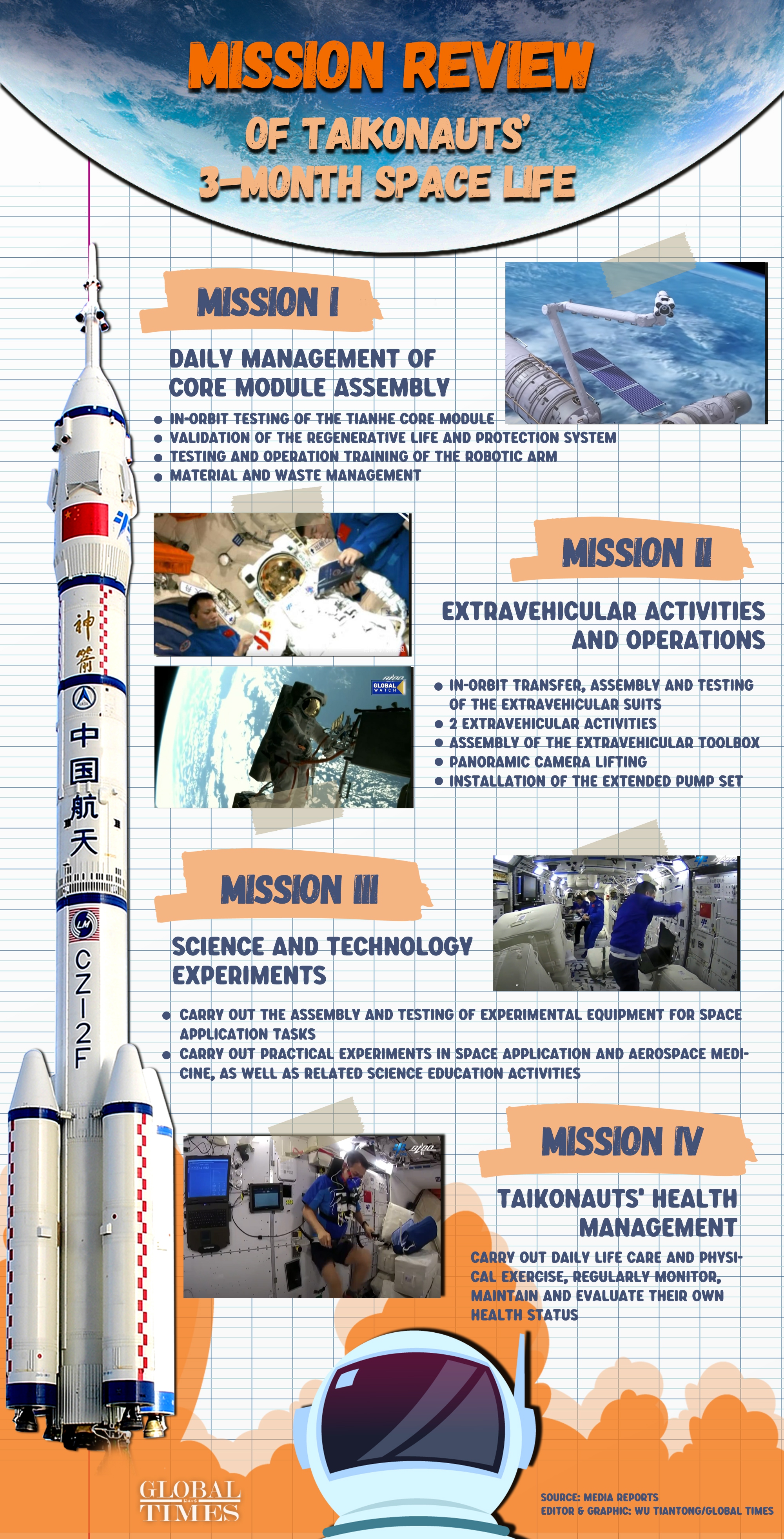














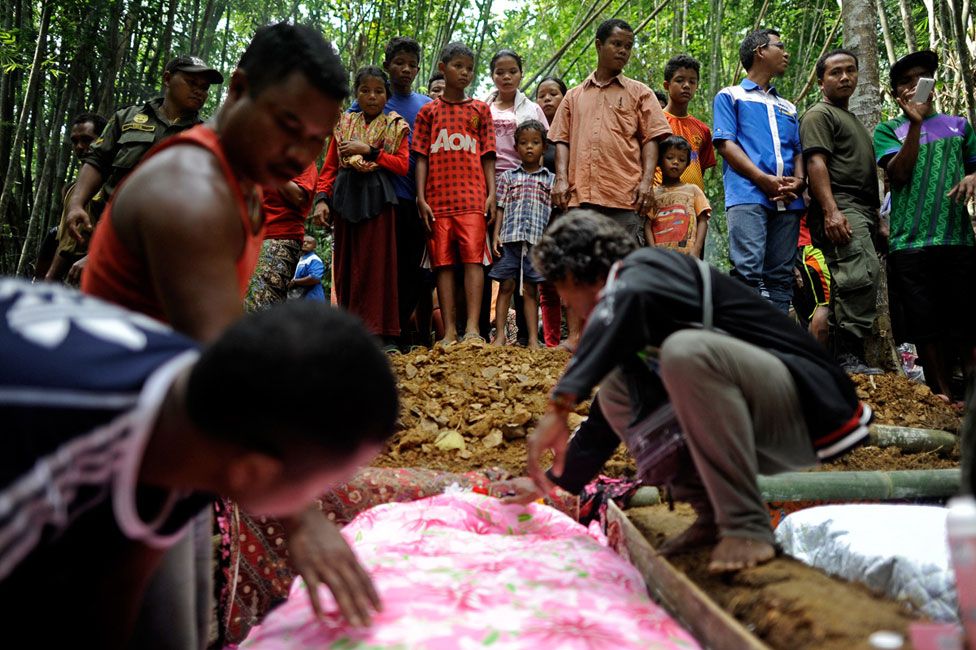

 Prof Dr Mohd Tajuddin Mohd Rasdi is Professor of Architecture at UCSI University. The views expressed here are entirely the writer’s own.
Prof Dr Mohd Tajuddin Mohd Rasdi is Professor of Architecture at UCSI University. The views expressed here are entirely the writer’s own.









